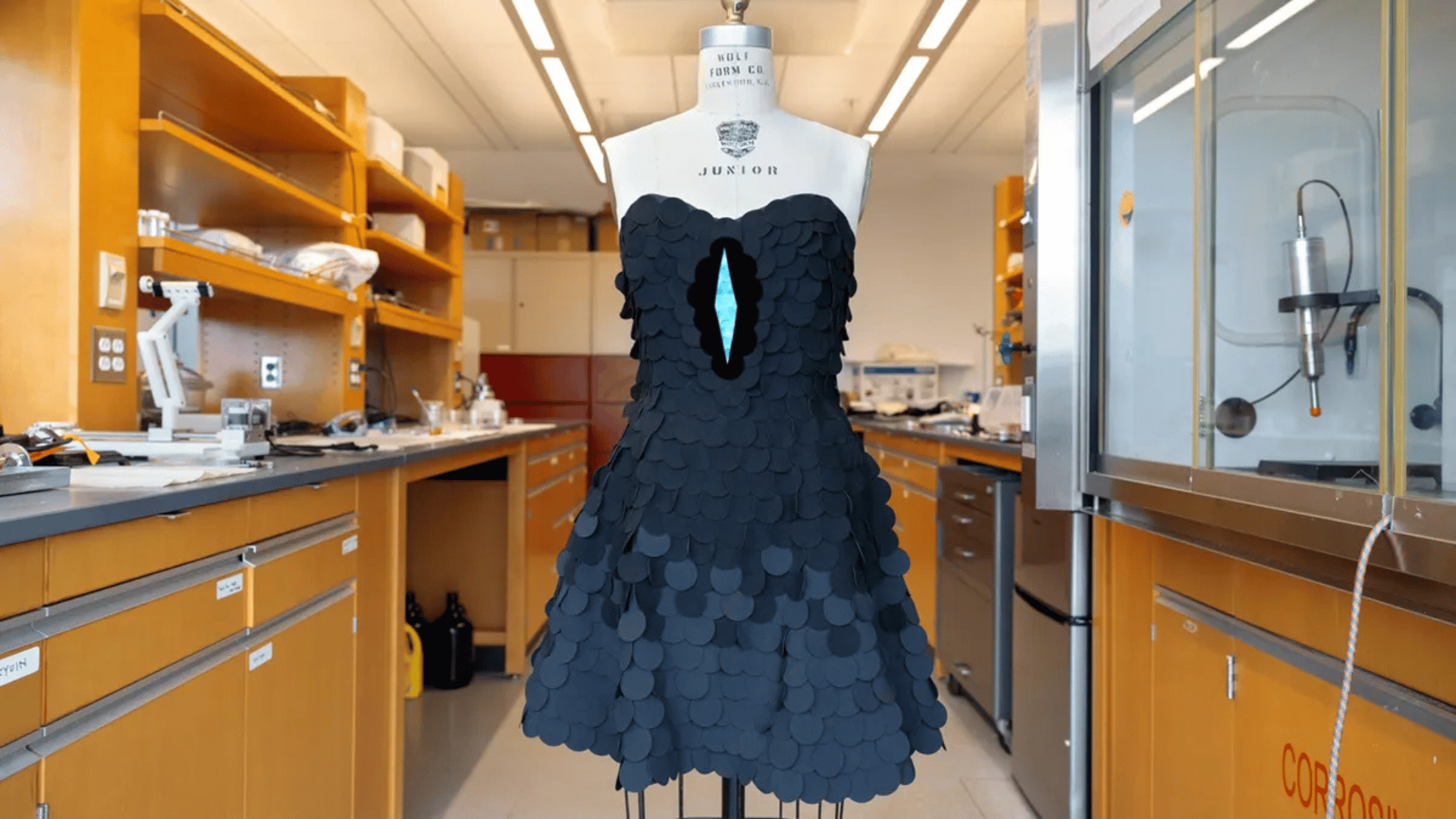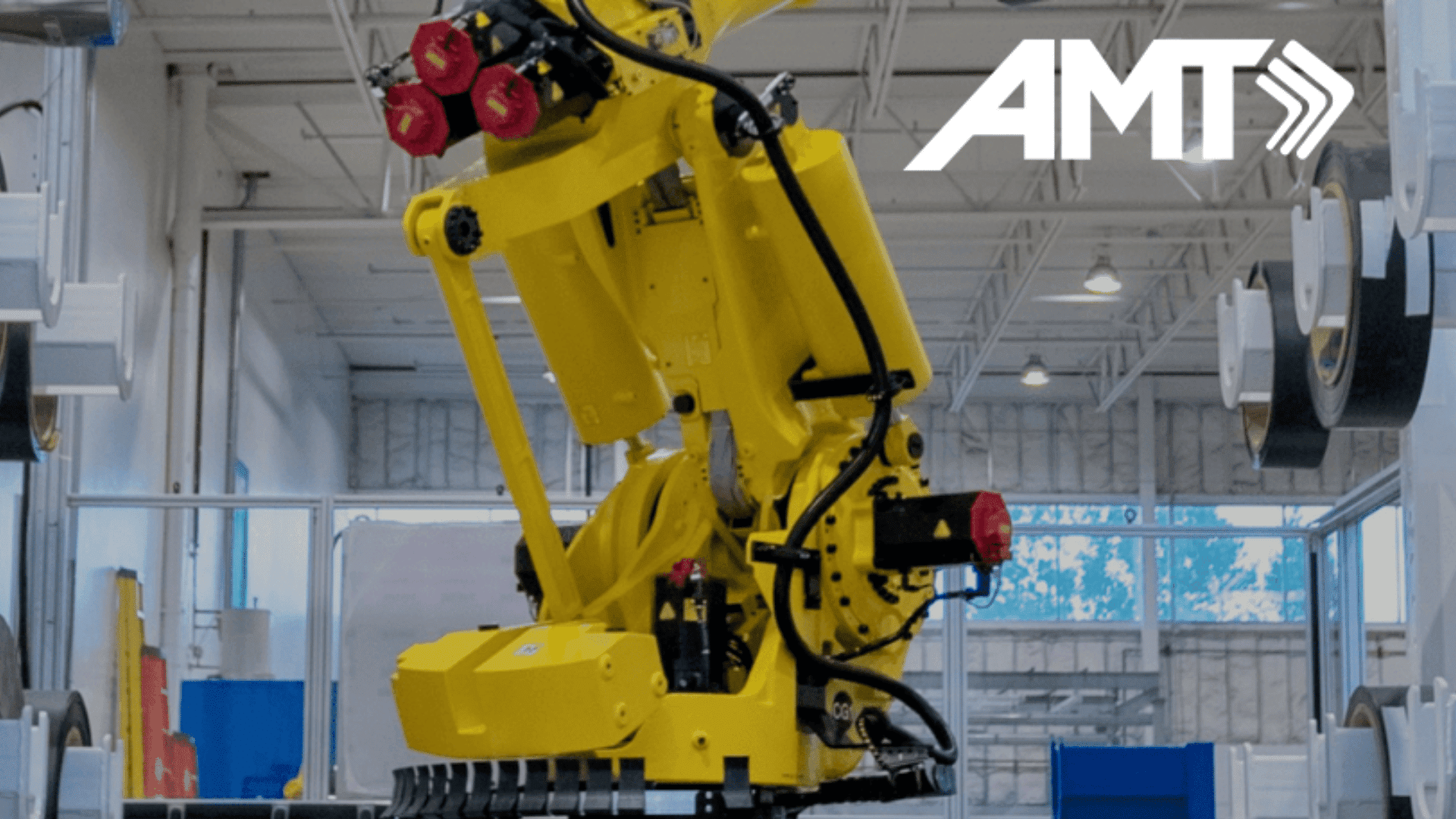Over 390 million tons of plastic waste plague the Earth annually. It’s an urgent environmental crisis. Companies, universities, and agencies are all making efforts to address this problem with their own innovations.
The latest research suggests that unwelcome waste could be converted from a burden into a resource. Additionally, it could be capable of cleaning the environment and powering next-generation energy devices.
The review was published in Sustainable Carbon Materials.
The study synthesizes the latest advancements in this field. Additionally, it outlines how discarded plastics can be transformed into functional carbon materials.
These materials include graphene, carbon nanotubes, porous carbon, and carbon quantum dots. Unlike traditional, pollution-generating disposal methods like landfilling or incineration, this process offers a path to a circular economy. Researchers say it creates products with high economic and technological value.
Game-Changing Carbon Capturing Technologies

The key lies in advanced carbonization technologies. Dr. Gaixiu Yang, a Co-corresponding author, said, “Our goal is to turn plastic waste from an environmental burden into a sustainable resource.” As a result, techniques such as catalytic pyrolysis and one-pot synthesis enable researchers to recover carbon from plastics for reuse.
One particularly notable method highlights flash Joule heating. This technique converts plastic waste into high-quality graphene in milliseconds, requiring less than 0.1 kilowatt-hours of energy per kilogram of material. Other processes create carbon nanotubes and porous carbon that possess exceptional structural properties.
Moreover, practical applications of these waste-derived CO2 materials are extensive and highly beneficial. They have demonstrated an ability to capture greenhouse gases. Additionally, it proved effective in removing heavy metals and antibiotics from wastewater. Surprisingly, it also functioned as high-efficiency electrodes in energy storage devices.
For example, porous carbon created from plastic waste has achieved an energy storage capacity close to the theoretical limit for selenium batteries, exhibiting impressive stability. Researchers acknowledge that there are still challenges to overcome. For example, optimizing catalyst design and scaling up production. Nonetheless, the findings offer a hopeful vision.
Co-corresponding author Professor Yan Chen concluded, “This is a promising pathway toward a circular carbon economy.”







